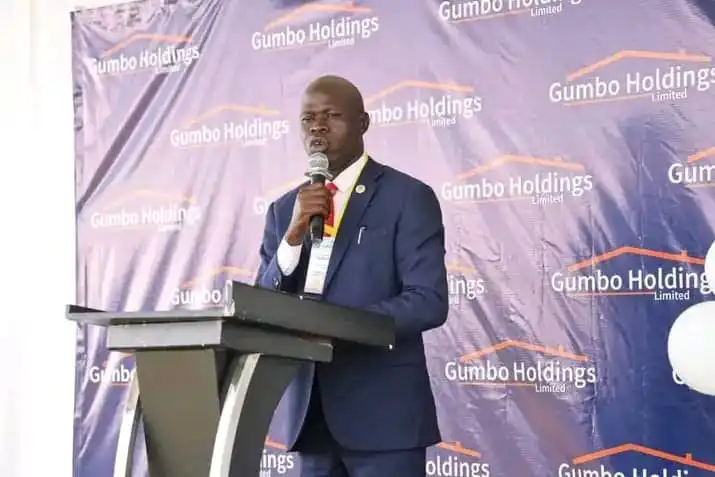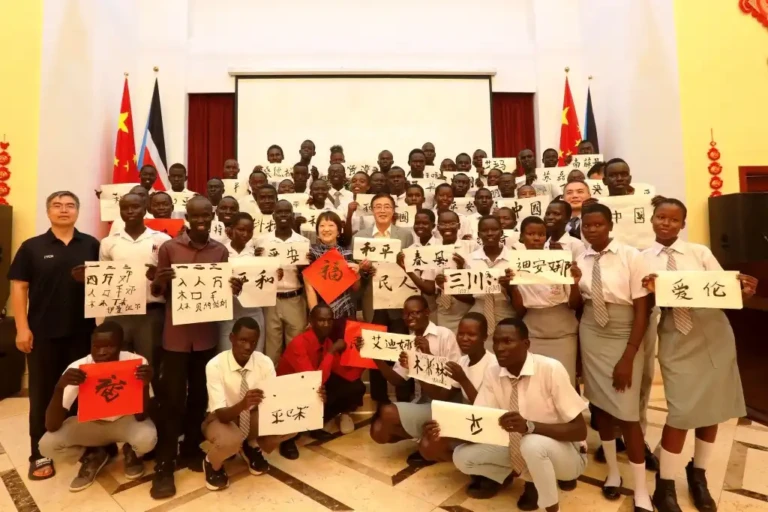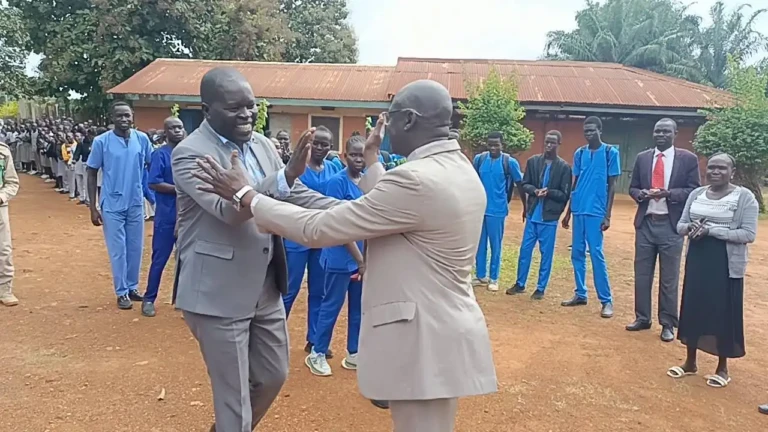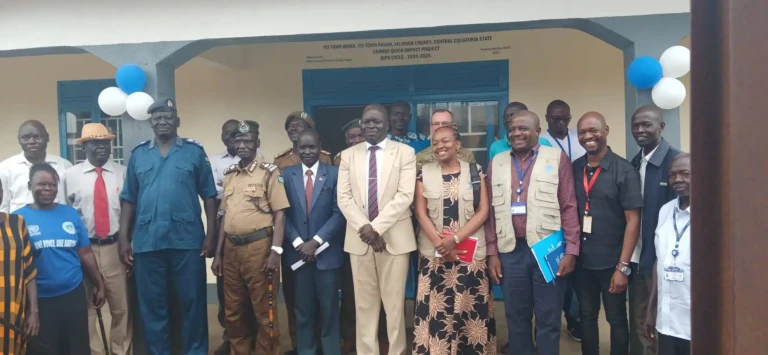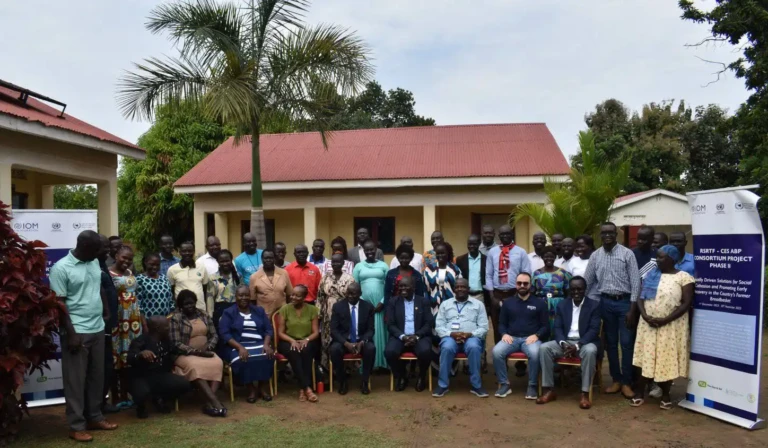
1. No Sea, No Problem: A Landlocked Giant
South Sudan is landlocked, which means not a single drop of salty ocean water touches its soil. For context, that’s like being a fisherman without a lake, or a cow without a tail to chase flies. It’s one of 17 such countries in Africa, and while others moan about this limitation, South Sudan simply shrugs and builds another dusty road. Once part of the mighty Sudan, which was Africa’s largest country, South Sudan now ranks 19th in size on the continent and 41st in the world. Not too shabby for a country that can’t go to the beach without crossing six borders.
2. Welcome to the Centre: The “Hut” at Africa’s Heart
Geographically, South Sudan sits right in Central Africa. It’s so central, it could easily qualify as the ndugu (brother) everyone forgets to invite but who still shows up with a goat for the party. Surrounded by seven neighbours including Kenya, Ethiopia, Uganda, and Sudan, it’s boxed in tighter than a boda rider’s lunchbox. With a population of 11.4 million (as of 2022), South Sudan ranks 84th globally, proving that even small pots cook tasty stew if they stop boiling over.
3. Forever Young: The Baby Faced Nation
South Sudan’s median age is just 18.6 years, meaning the country is basically a university fresher still learning how to cook rice without burning it. Over 62% of the population is under 25, enough young people to dominate every TikTok trend for the next decade. Compare that to Monaco, where the median age is 55.4 and people probably think “Afrobeats” is a type of herbal tea. However, while the nation is young, life expectancy is low, at only 59 years. That’s barely enough time to raise cattle, plant a mango tree, and argue with your in-laws.
4. The Nile Runs Through It
The mighty Nile River, the longest in the world, slices through South Sudan like gossip through a village. Specifically, it’s the White Nile that flows past Juba, giving the capital its scenic charm—and frequent floods. The river joins the Blue Nile in Khartoum, which makes it sound like a romantic drama, except it often ends in tears for displaced communities. Still, it’s the Nile that waters crops, feeds cattle, and gives people a place to wash clothes and hear everyone’s business.
5. No UNESCO Heritage Site
South Sudan has exactly zero UNESCO World Heritage Sites. Yes, zero. That’s fewer than some countries that only exist on Google Maps. But before you shed a tear like a goat tied outside a wedding it wasn’t invited to, know this: there are three strong contenders on the UNESCO Tentative List. These include Deim Zubeir (a slave trade site), the Sudd wetlands (home to more birds than Juba has boda bodas), and the Boma-Badingilo Migratory Landscape (Africa’s forgotten Serengeti). Basically, UNESCO hasn’t caught up with the beauty of South Sudan, but it’s coming, like a salary in the country.
6. More Languages than Stars in the Skies
South Sudan is one of the most linguistically blessed countries in Africa. Imagine walking into a market and hearing Dinka, Nuer, Zande, Murle, Acholi, Ma’di, Otuho and 60 more. That’s more tongues than a goat market in peak season. English is the official language, but depending on where you go, even “hello” might require Google Translate and a bottle of soda to soften negotiations. The diversity is beautiful but also a logistical nightmare for national exams and local politics.
7. The Flag That Tells the Whole Story If You Know How to Read It
South Sudan’s national flag is like your grandmother’s Sunday outfit: bright, bold, and full of meaning. Black represents the people, strong and unbending like a Dinka warrior’s spear.
Red is for the blood spilled during struggle, shed not in drops, but in rivers. Green stands for the fertile land, even though many farmers are still praying for rain. White symbolizes peace, which is still being negotiated like bride price in a stubborn family. And that golden star in the blue triangle? That’s hope, eternal, shining like a boda boda headlight at midnight during load shedding.
Discover more from Access Radio Yei News
Subscribe to get the latest posts sent to your email.

